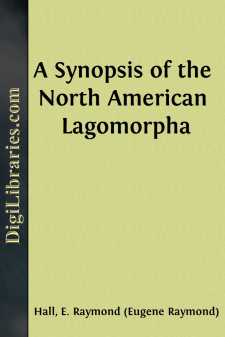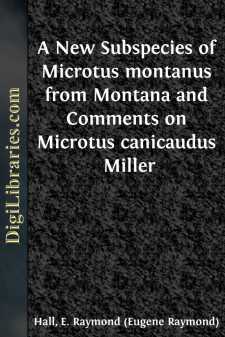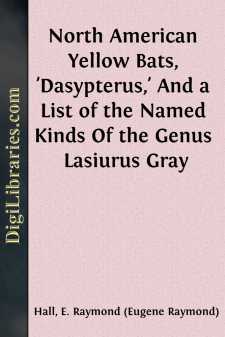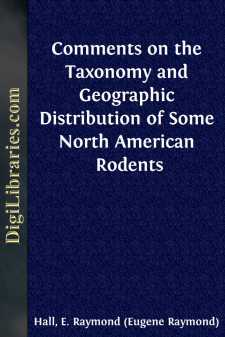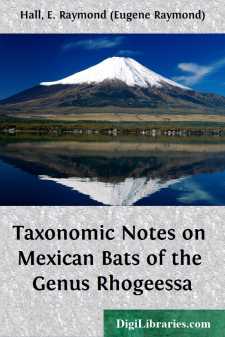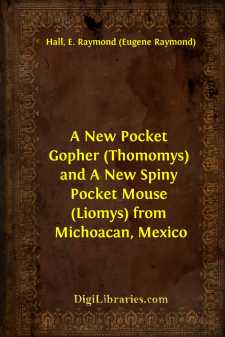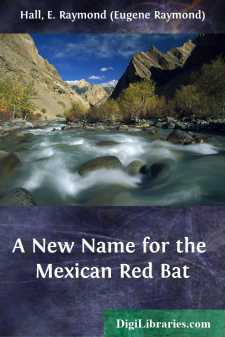Categories
- Antiques & Collectibles 13
- Architecture 36
- Art 48
- Bibles 22
- Biography & Autobiography 813
- Body, Mind & Spirit 142
- Business & Economics 28
- Children's Books 15
- Children's Fiction 12
- Computers 4
- Cooking 94
- Crafts & Hobbies 4
- Drama 346
- Education 46
- Family & Relationships 57
- Fiction 11829
- Games 19
- Gardening 17
- Health & Fitness 34
- History 1377
- House & Home 1
- Humor 147
- Juvenile Fiction 1873
- Juvenile Nonfiction 202
- Language Arts & Disciplines 88
- Law 16
- Literary Collections 686
- Literary Criticism 179
- Mathematics 13
- Medical 41
- Music 40
- Nature 179
- Non-Classifiable 1768
- Performing Arts 7
- Periodicals 1453
- Philosophy 64
- Photography 2
- Poetry 896
- Political Science 203
- Psychology 42
- Reference 154
- Religion 513
- Science 126
- Self-Help 84
- Social Science 81
- Sports & Recreation 34
- Study Aids 3
- Technology & Engineering 59
- Transportation 23
- Travel 463
- True Crime 29
A Synopsis of the North American Lagomorpha
Description:
Excerpt
The most popular small game mammal in nearly every part of North America is one or another of the species of rabbits or hares. The rabbit is one of the few species of wild game that still is hunted commercially and sold for food on the open market. The close association and repeated contact of man with these animals has resulted in his contracting such of their diseases as are transmissible to him. Consequently the rabbits and hares have figured in many investigations concerned with public health and medicine. Because the number of such investigations is increasing, there has been an increasing number of specimens of these animals submitted to mammalogists for identification; also, inquiries are received as to the degree of relationship between two or more of the named kinds of rabbits in which identical, or closely related, disease organisms have been found; other inquiries have to do with the degree of relationship of named kinds of rabbits and hares in widely separated parts of the continent.
The monographs to which the investigator could turn to obtain answers to some of these questions are Arthur H. Howell's "Revision of the American Pikas" (1924), and Edward H. Nelson's "The Rabbits of North America" (1909) published 27 and 42 years ago, respectively. These monographs are still excellent sources of detailed information, as, of course, also is Marcus Ward Lyon's "Classification of the Hares and their Allies" (1904). The acquisition of additional study specimens in recent years, however, has provided new data on the geographic occurrence of several species, and study of these specimens has given basis for a different arrangement of several named kinds of the lagomorphs. Two principal aims of the present synopsis, therefore, are to combine in one publication the current taxonomic arrangement and as much as is known of the geographic distribution of the several species and subspecies.
The maps herewith and listings of marginal localities are the means chosen to present the information on geographic distribution. The artificial key is supplemented by line drawings of skulls of certain species and by a minimum of text to aid the user of the key. The skulls are necessary for the identification of some species of the genus Sylvilagus. The skins, on the contrary, are essential for the identification of the species of the genus Lepus in central Mexico and in the Great Basin of the western United States. Consequently, it has been impossible to construct a key based on external characters only or on cranial features only. Furthermore, the only apparent differences between a given pair of species in one region may not be apparent in another region where the same two species occur together. A case in point is provided by Sylvilagus floridanus and Sylvilagus nuttallii where the Great Plains meet the eastern flank of the Rocky Mountains and where the Sonoran desert meets the southwestern flank of these mountains. The details are described by Hall and Kelson (1951:52, 53) and are indicated in the part of the accompanying artificial key that takes out the species Sylvilagus nuttallii. Because of this geographic change in specific characters and because of the slight amount of difference between certain species of leporids, I have frequently resorted to geography, instead of to morphology alone, in constructing the artificial key. Despite this fault of the key to the lagomorphs, it, and the accompanying account, I hope, will aid workers who need to identify kinds of lagomorphs and to know about their geographic distribution.
Another reason for presenting a synopsis of the lagomorphs at this time is that the presentation may bring suggestions for improvement in the arrangement of the kind of information presented here; an account along similar lines for all of the kinds of mammals native to North America is in prospect. Corrections of, and additions to, the material presented here will be welcomed and I shall be especially grateful for suggestions as to a more useful arrangement of the data....


